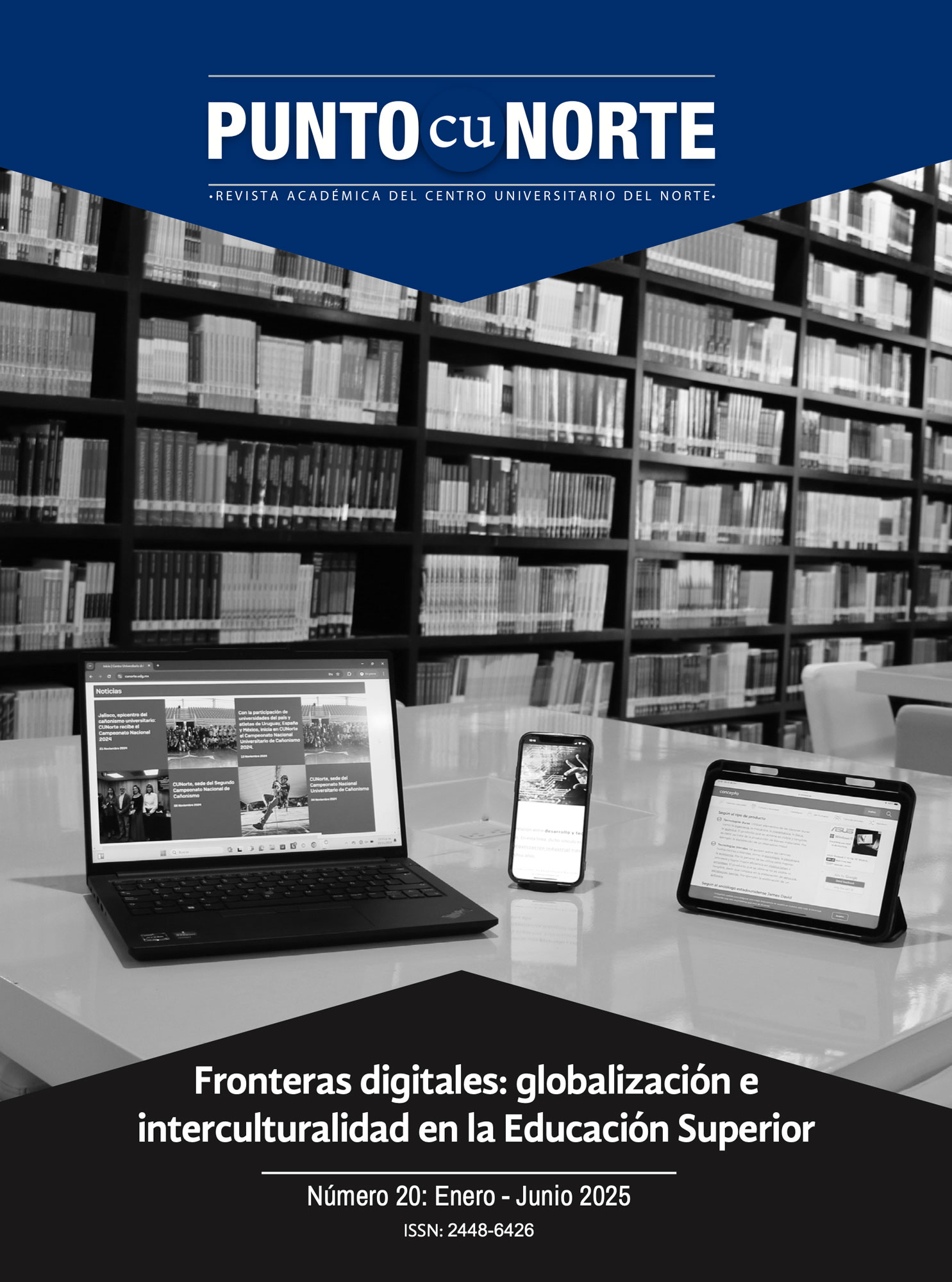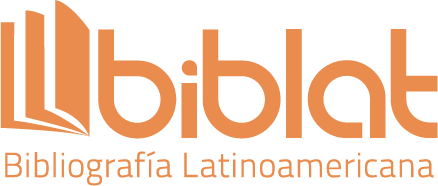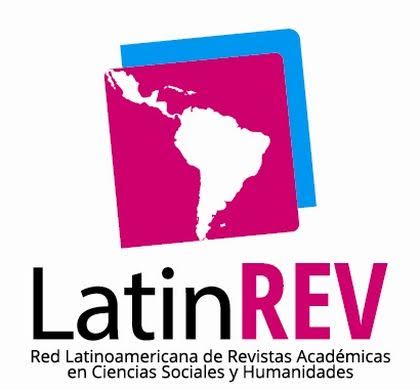Use of Generative Artificial Intelligence (GAI) in the teaching-learning process in the Bachelor's Degree in Administration
DOI:
https://doi.org/10.32870/punto.v1i20.224Keywords:
learning, education, evaluation, generative artificial intelligence (gai), teaching-learning processAbstract
The use of Generative Artificial Intelligence (gai) is becoming more and more frequent for educational purposes, thus the need to analyze its use and application in higher education. This practice poses benefits, challenges and ethical implications which are topics of study.
The gai approach in education has several guidelines, such as the creation of educational content, collaborative work, personalization of learning, development of new skills, support in evaluation and specialized tutoring for students. For the development of the present research, the analysis of the use of gai in the teaching-learning process in higher education was proposed. It was analyzed by means of a mixed methodology, with an exploratory and descriptive approach, using action research and teaching practice as support for data collection, choosing the questionnaire as an instrument.
The results obtained focus on the need to receive education or training in the responsible use of gai in the teaching-learning processes, both for students and teachers of the Bachelor’s Degree in Administration, with the purpose of integrating it in the academic performance in an ethical and responsible way.
References
Álvarez Cruz, Liz Pamela. Inteligencia Artificial (Test de Turing). (2008), n.1, pp. 54-55. ISSN 1997-4044.Recuperado de: http://revistasbolivianas.umsa.bo/pdf/rits/n1/n1a14.pdf
Bolaño-García, M., & Duarte-Acosta, N. (2024). Una revisión sistemática del uso de la inteligencia artificial en la educación. Revista Colombiana de Cirugía, 39(1), 51-63. Recuperado de: http://www.scielo.org.co/pdf/rcci/v39n1/2619-6107-rcci-39-01-51.pdf
Centro Universitario del Norte. (s.f.). Oferta Académica: Licenciatura en Administración. Recuperado el 25 de agosto de 2024 de: https://www.cunorte.udg.mx/oferta-academica/licenciaturas/administracion/perfil-egresado
Gallent-Torres, C., Zapata-González, A., & Ortego-Hernando, J. L. (2023). El impacto de la inteligencia artificial generativa en educación superior: una mirada desde la ética y la integridad académica. RELIEVE. Revista Electrónica de Investigación y Evaluación Educativa, 29(2), 1-21.Recuperado de: https://www.redalyc.org/journal/916/91676028011/html/
García Martínez, Alejandro N., y Pujol, Francesc (2024). ¿En qué consiste integrar la inteligencia artificial generativa en el aprendizaje? Aula Magna 2.0 [Blog]. Recuperado de: https://cuedespyd.hypotheses.org/files/2024/03/Aula-Magna-2.0_IA-aprendizaje.pdf
Giannini, E. (2023). La IA generativa y el futuro de la educación. UNESCO. Recuperado de: https://unesdoc.unesco.org/ark:/48223/pf0000385877_spa
Ibarra S. E. (2022). Inteligencia artificial como herramienta para maximizar los derechos de acceso a la información pública y transparencia. Revista Digital del Sistema Nacional de Transparencia. pp95. Recuperado de: https://snt.org.mx/wp-content/uploads/formado-Mexico-transparente-no.3-mayo-2022.pdf
Mendieta Izquierdo, G. (2015). Informantes y muestreo en investigación cualitativa. Investigaciones andinas, 17(30), 1148-1150.
Parra-Taboada, M. E.Trujillo-Arteaga, J. C., Álvarez-Abad, D. R., Arias-Domínguez, A. S. ySantillán-Gordón, E. (2024). El impacto de la inteligencia artificial en la educación. Revista Científica Retos de la Ciencia. 1(4).Ed. Esp.169-181. https://doi.org/10.53877/rc.8.19e.202409.14
Rouhiainen, L. (2018). Inteligencia artificial. Madrid: Alienta Editorial, 20-21. Recuperado de: https://proassetspdlcom.cdnstatics2.com/usuaris/libros_contenido/arxius/40/39307_Inteligencia_artificial.pdf
Sampieri, R. H. (2010). Metodología de la investigación. McGraw-Hill, 5ta edición. Recuperado de: https://www.smujerescoahuila.gob.mx/wp-content/uploads/2020/05/Sampieri.Met.Inv.pdf
Sampieri, R. H. (2014). Metodología de la investigación. McGraw-Hill, 6ta edición. Recuperado de: https://apiperiodico.jalisco.gob.mx/api/sites/periodicooficial.jalisco.gob.mx/files/metodologia_de_la_investigacion_-_roberto_hernandez_sampieri.pdf
Turing, A. (2010). Maquinaria computacional e Inteligencia, trad. por Cristóbal Fuentes Barassi. Santiago de Chile, Universidad de Chile. Recuperado de: http://xamanek.izt.uam.mx/map/cursos/Turing-Pensar.pdf
UNAM. (2023). Recomendaciones para el uso de la inteligencia artificial generativa en docencia. Recuperado de: https://cuaed.unam.mx/descargas/recomendaciones-uso-iagen-docencia-unam-2023.pdf
UNESCO (2021). Inteligencia artificial y educación Guía para las personas a cargo de formular políticas. Recuperado de: https://unesdoc.unesco.org/ark:/48223/pf0000379376
UNESCO (2023). El correo de la UNESCO. La escuela en la era de la inteligencia artificial. Recuperado de: https://unesdoc.unesco.org/ark:/48223/pf0000387029_spa
UNESCO (2023). Recomendaciones para el uso de la inteligencia artificial generativa en docencia (2023). Recuperado de: https://cuaed.unam.mx/descargas/recomendaciones-uso-iagen-docencia-unam-2023.pdf
UNESCO (2024). Guía para el uso de IA generativa en educación e investigación. Recuperado de: https://unesdoc.unesco.org/ark:/48223/pf0000389227
Downloads
Published
How to Cite
Issue
Section
License
Copyright (c) 2024 Eva Noemi González Rivas

This work is licensed under a Creative Commons Attribution-NonCommercial 4.0 International License.
Los autores/as que publiquen en esta revista aceptan las siguientes condiciones:
De acuerdo con la legislación de derechos de autor, Punto Cunorte reconoce y respeta el derecho moral de los autores, así como la titularidad del derecho patrimonial. Bajo la iniciativa de Budapest de acceso abierto, el autor otorga derechos conexos a la Universidad de Guadalajara, al Centro Universitario del Norte y a la revista Punto Cunorte para su difusión en acceso abierto. Punto Cunorte no realiza cargos a los autores por enviar y procesar artículos para su publicación.
Los autores/as pueden realizar otros acuerdos contractuales independientes y adicionales para la distribución no exclusiva de la versión del artículo publicado en Punto Cunorte (por ejemplo incluirlo en un repositorio institucional o publicarlo en un libro) siempre que indiquen claramente que el trabajo se publicó por primera vez en Punto Cunorte.
Esta obra está bajo una Licencia Creative Commons Atribución-NoComercial 4.0 Internacional.









